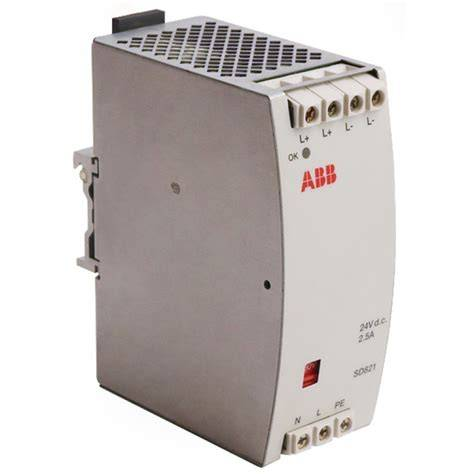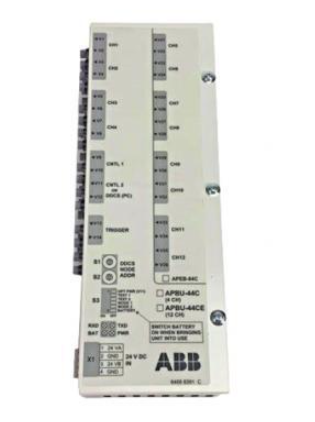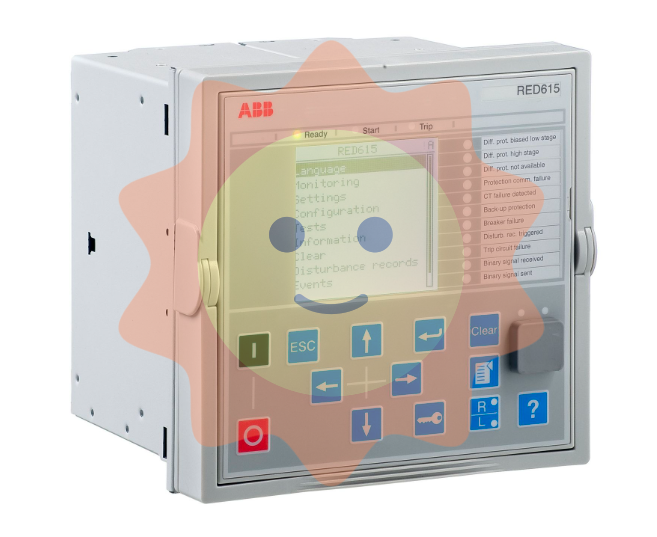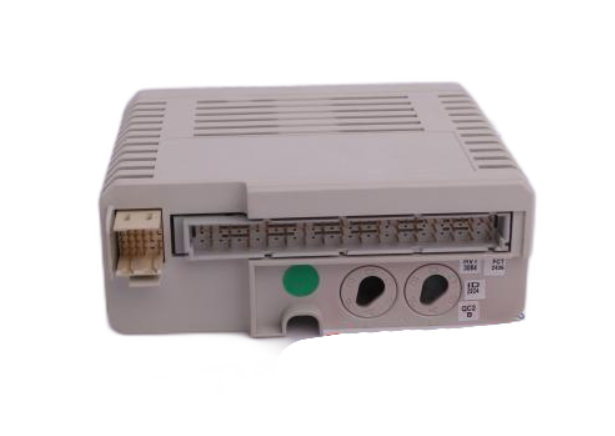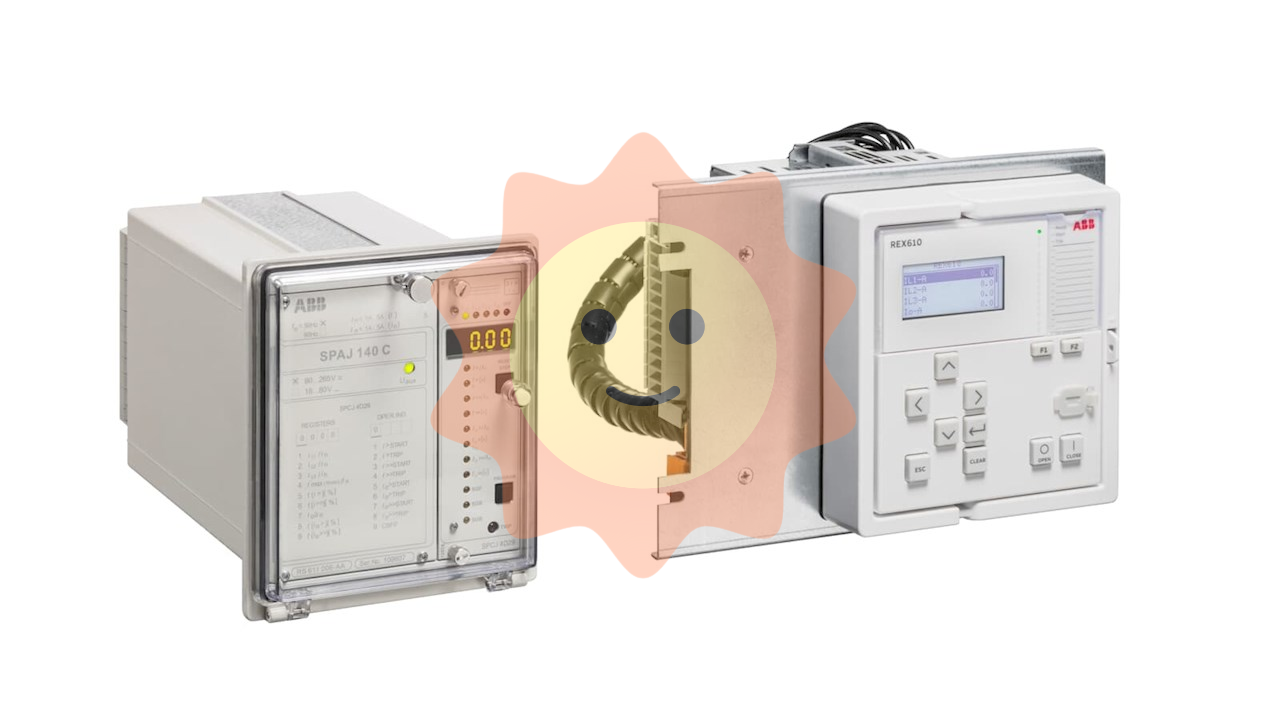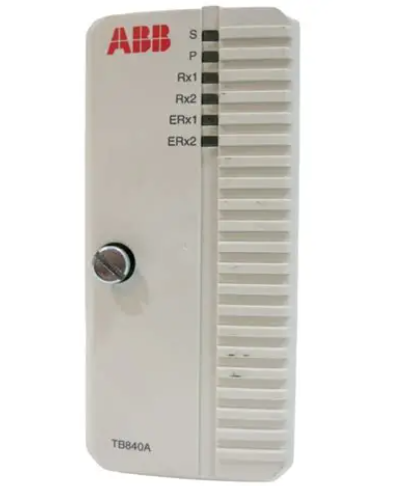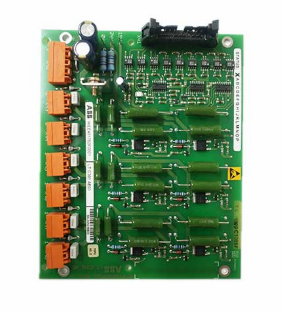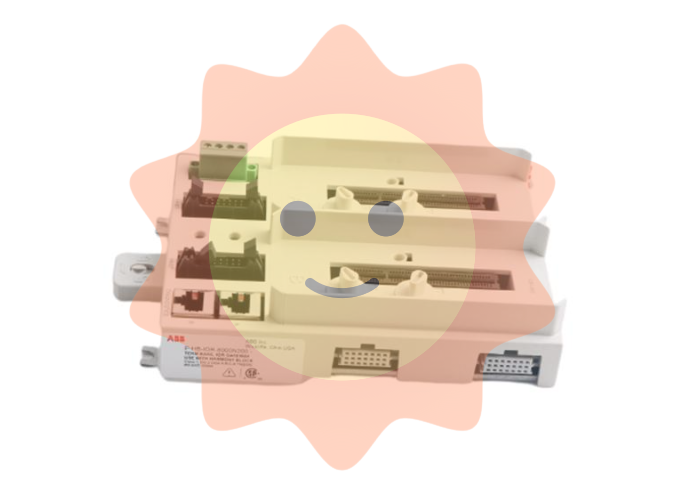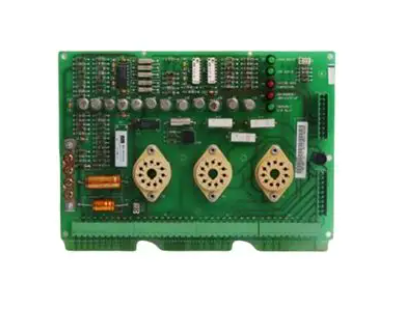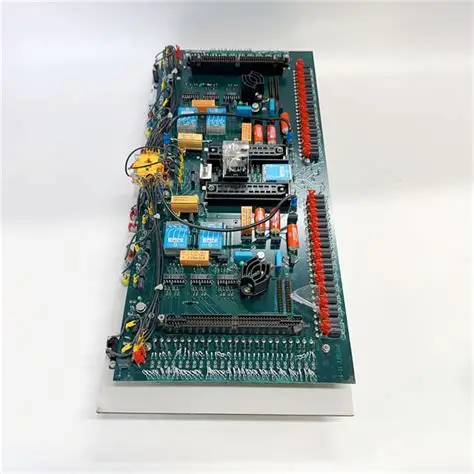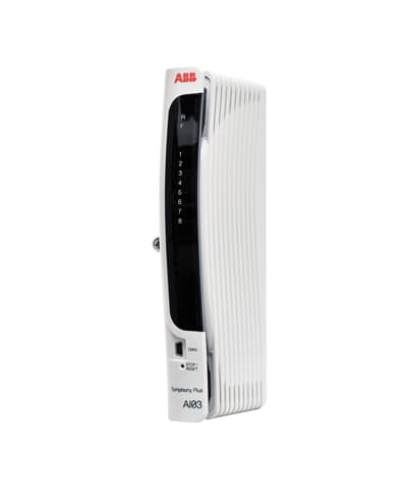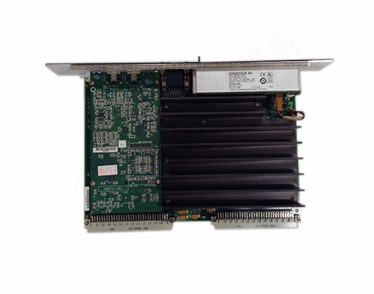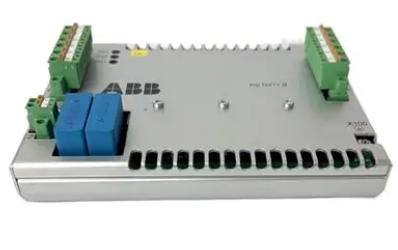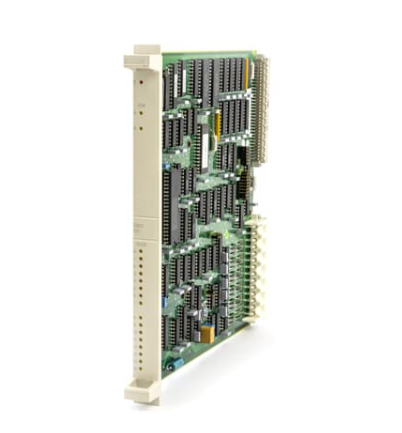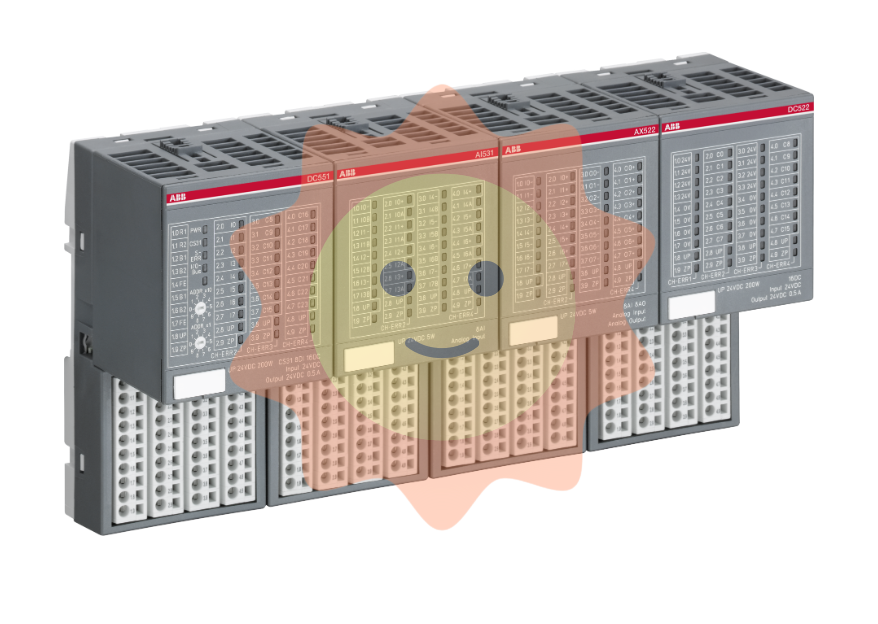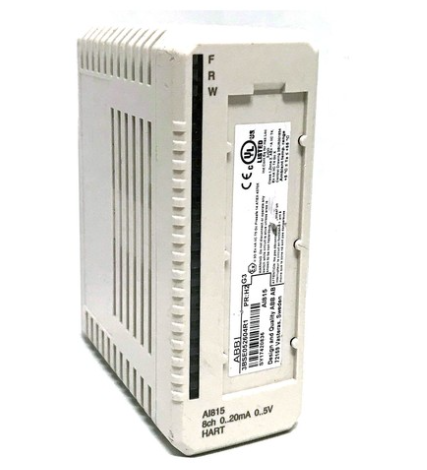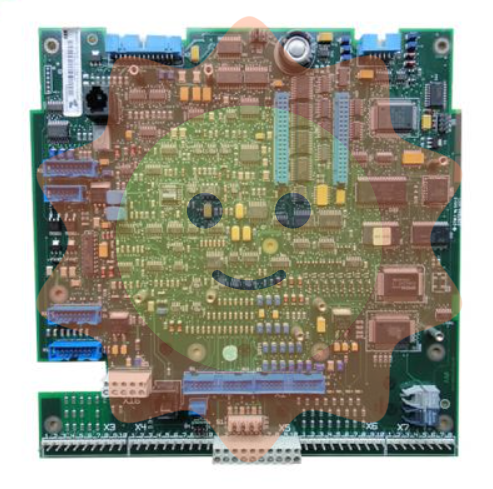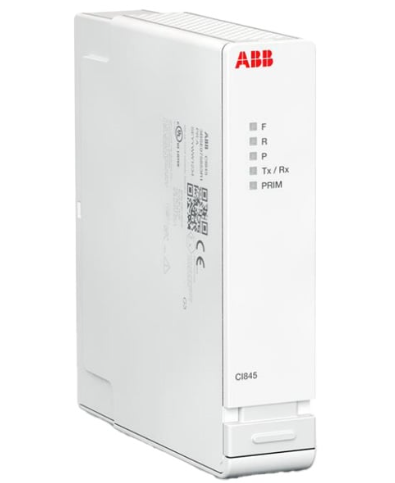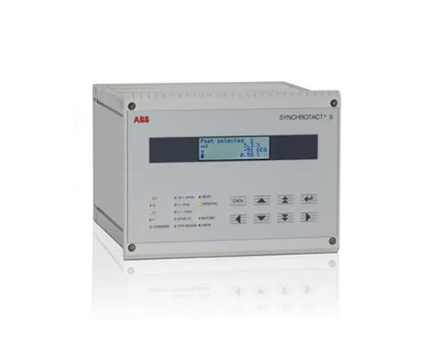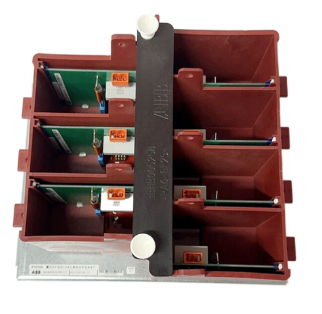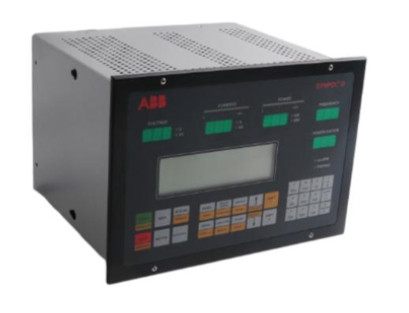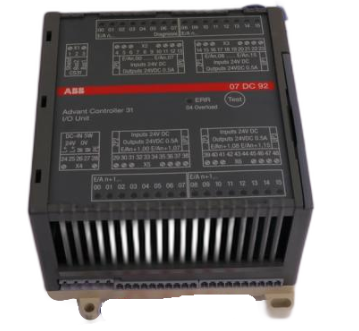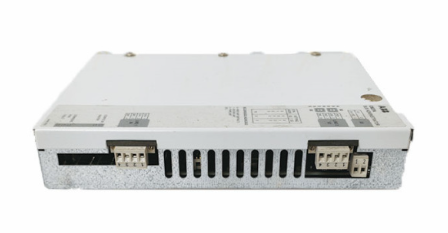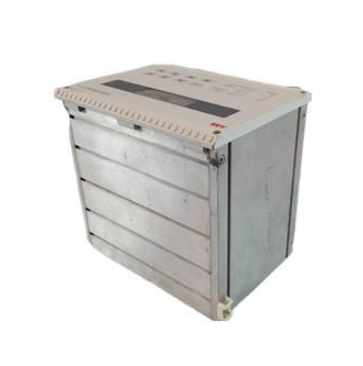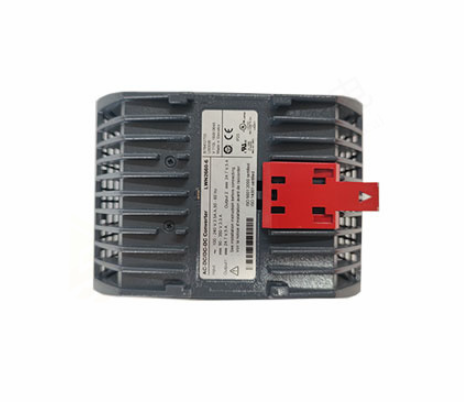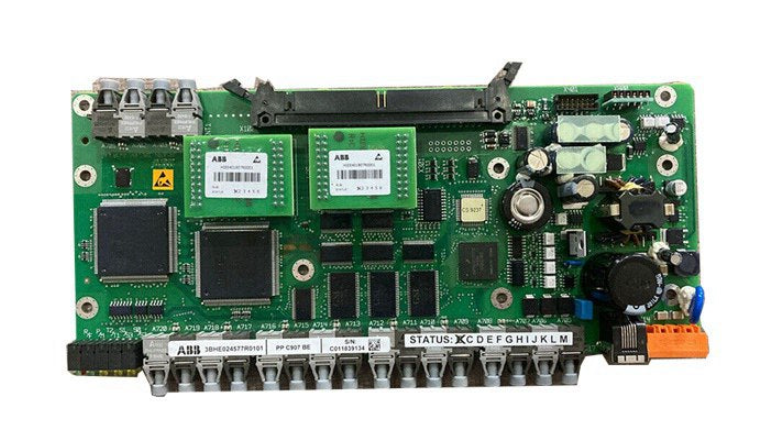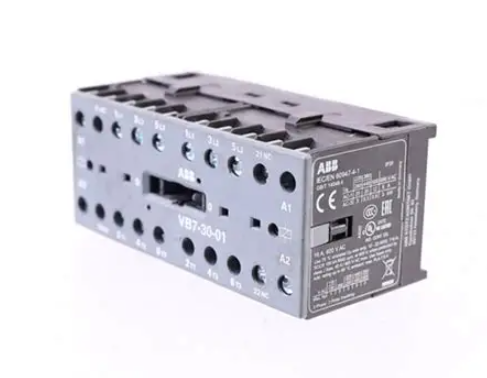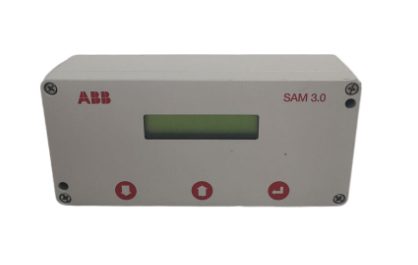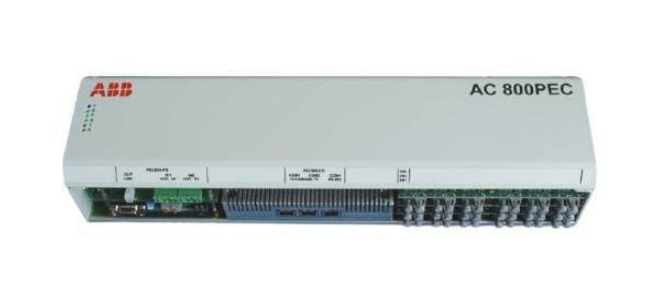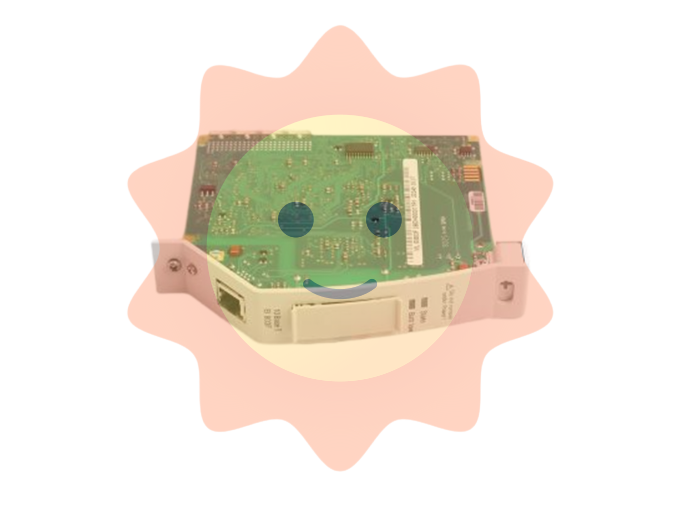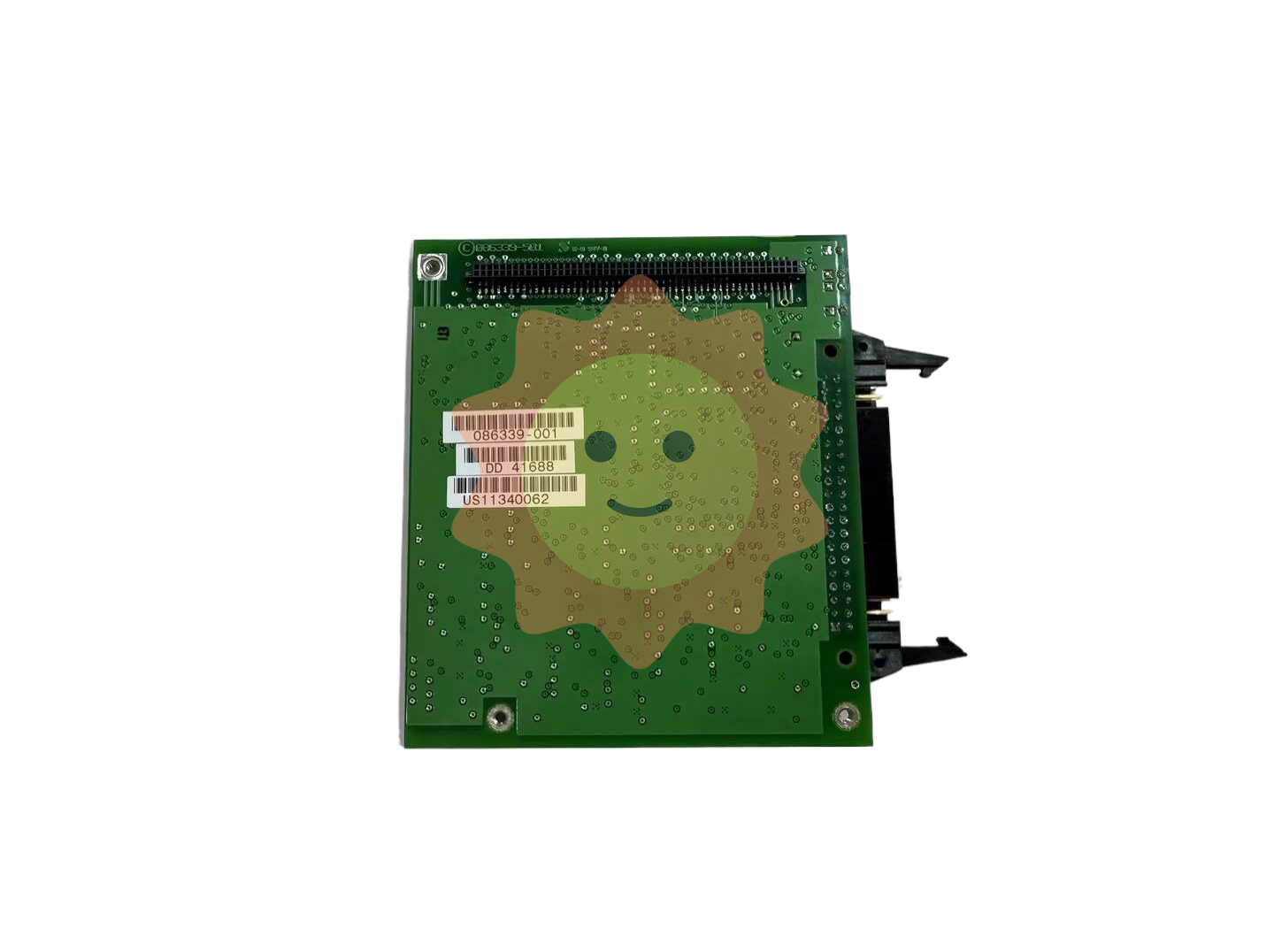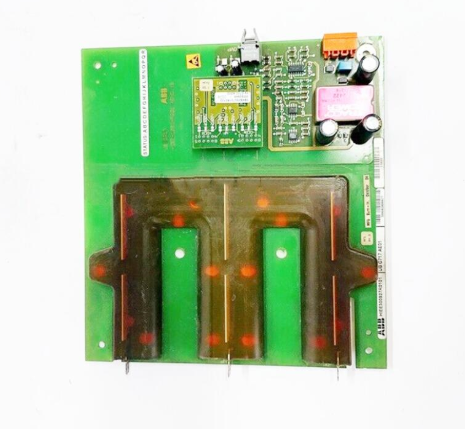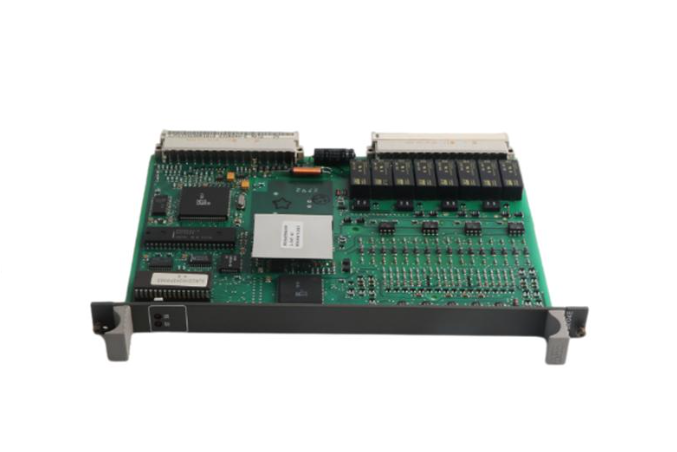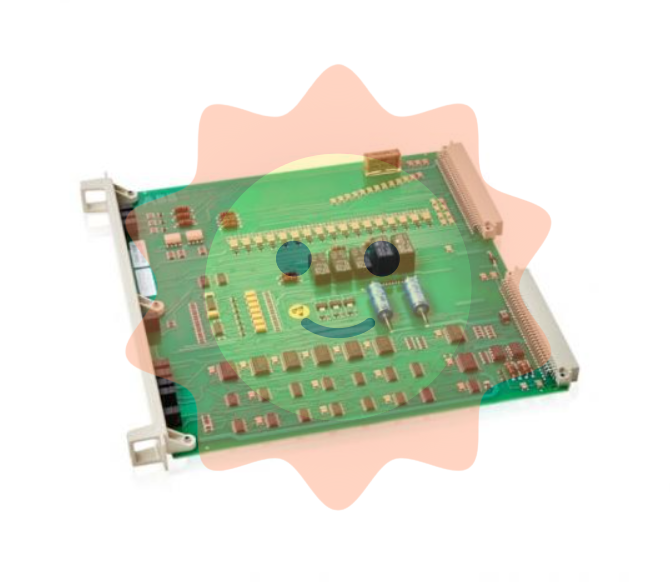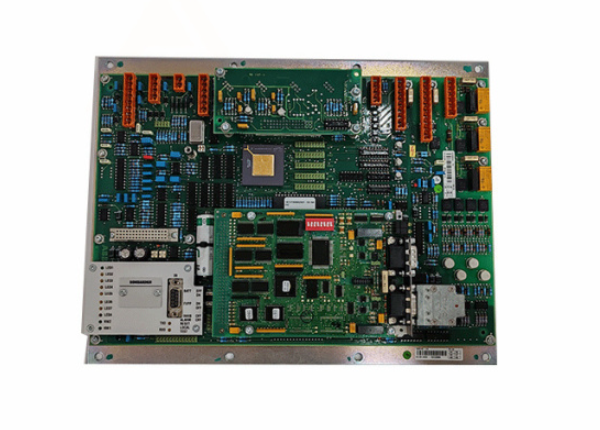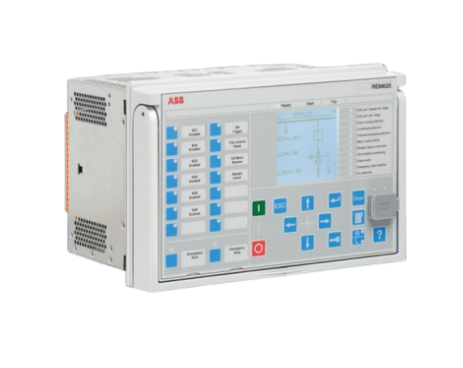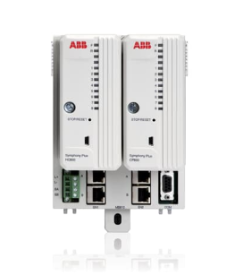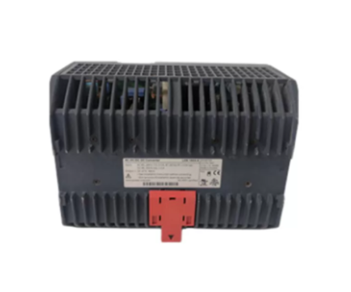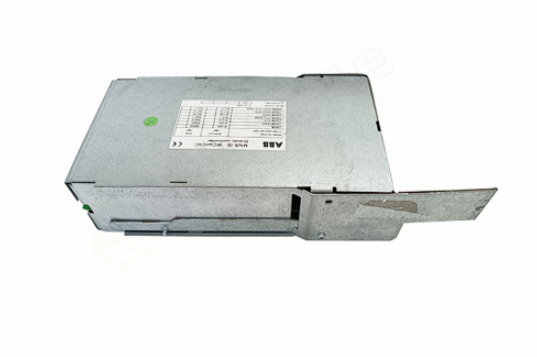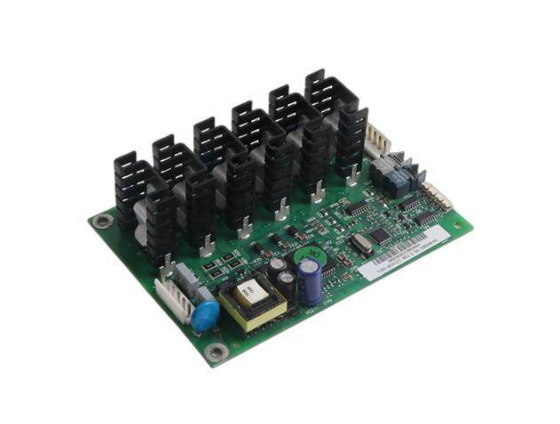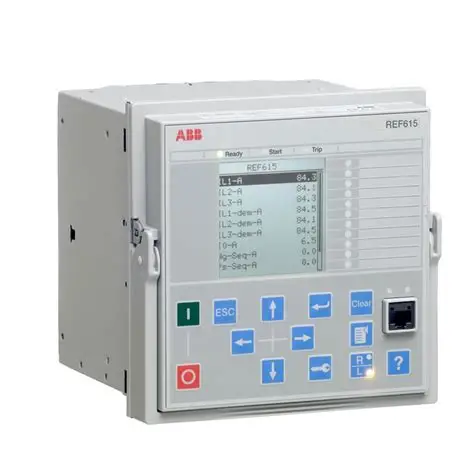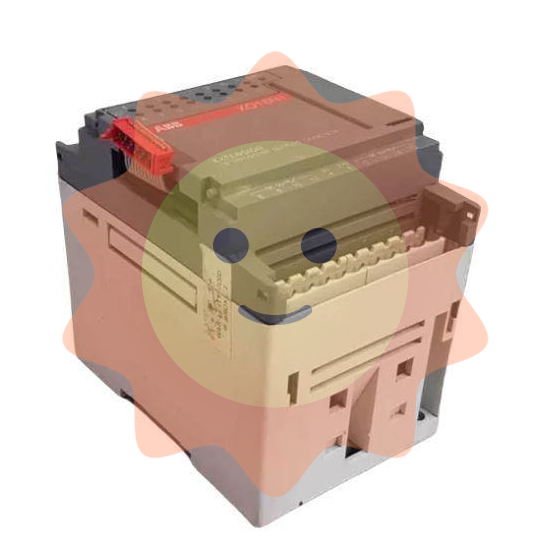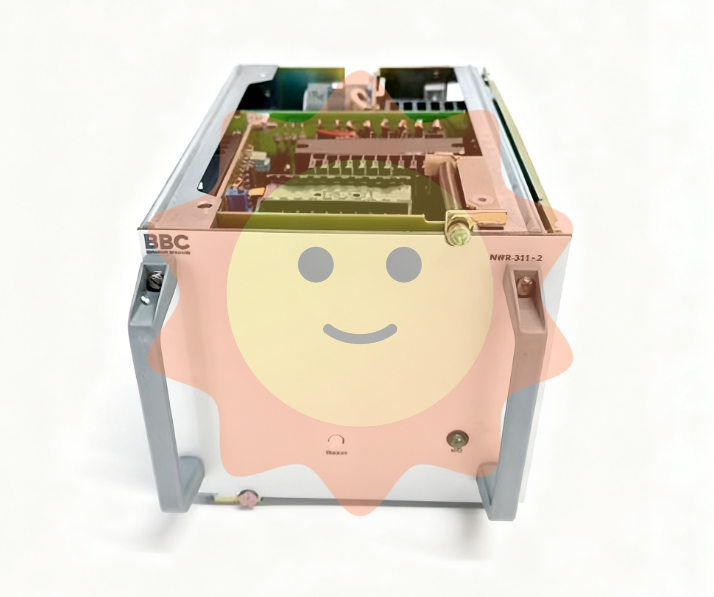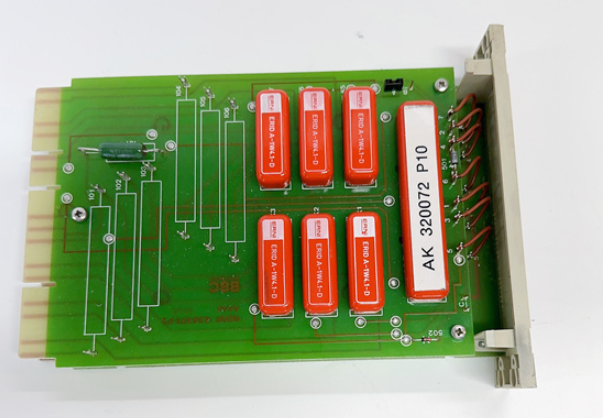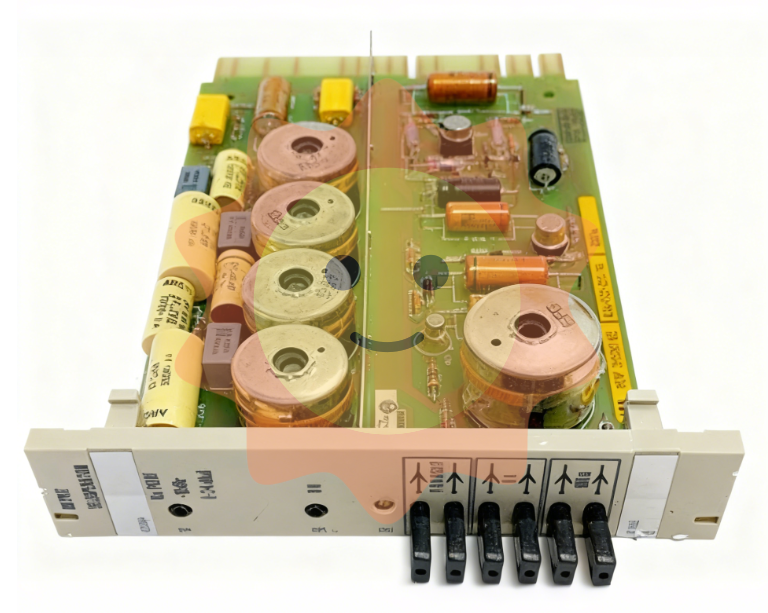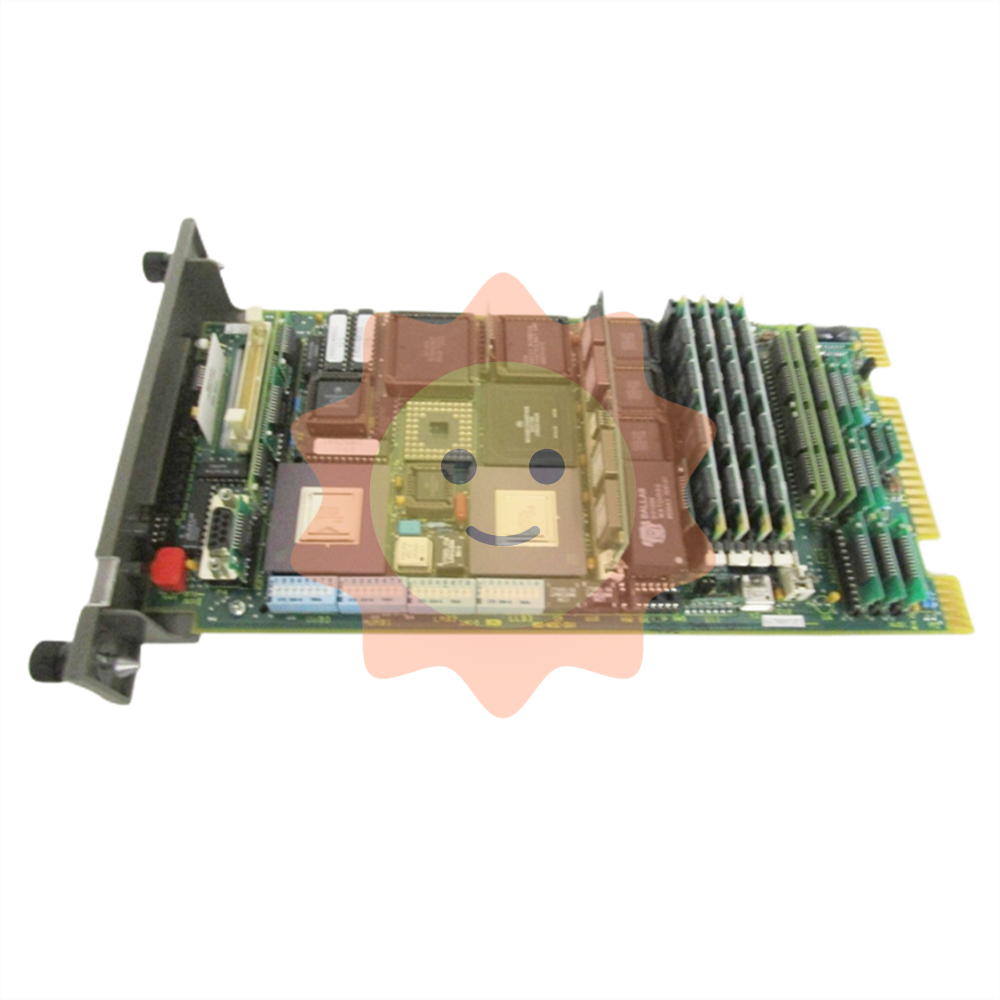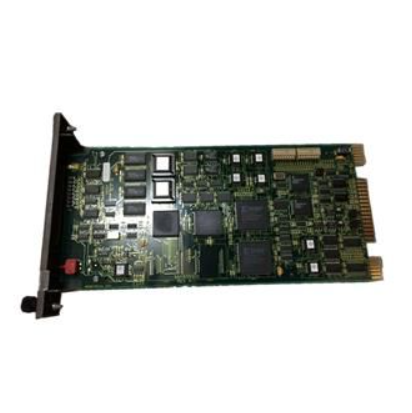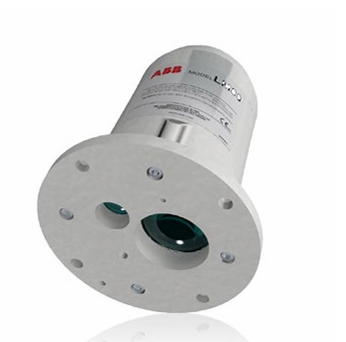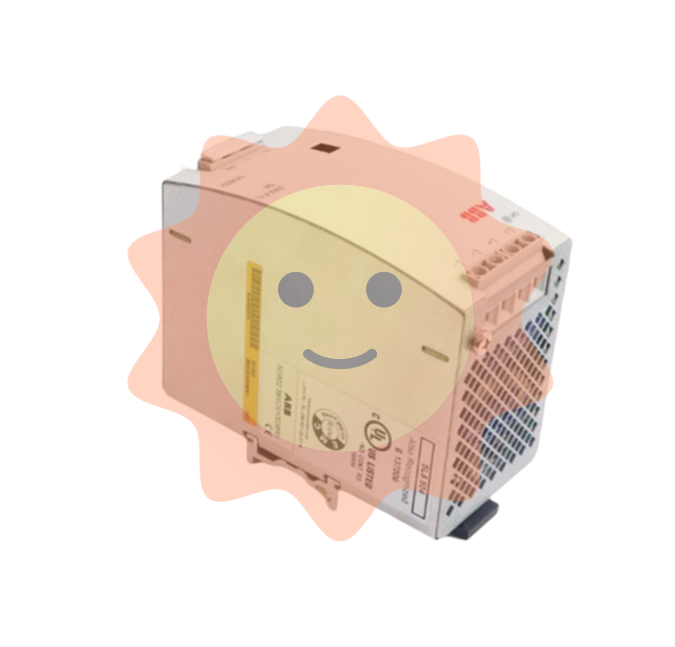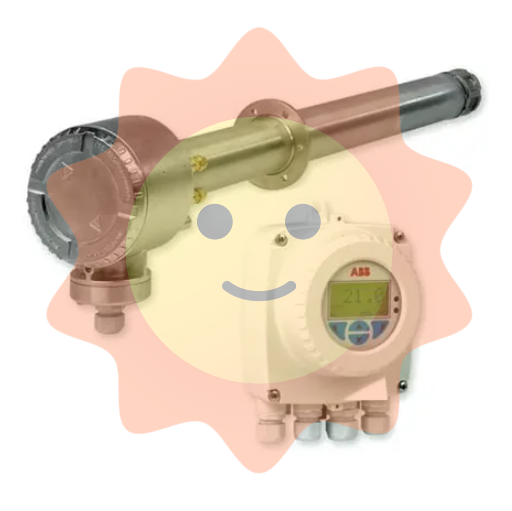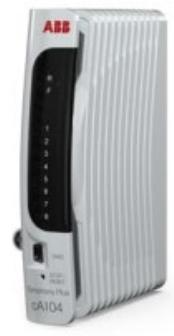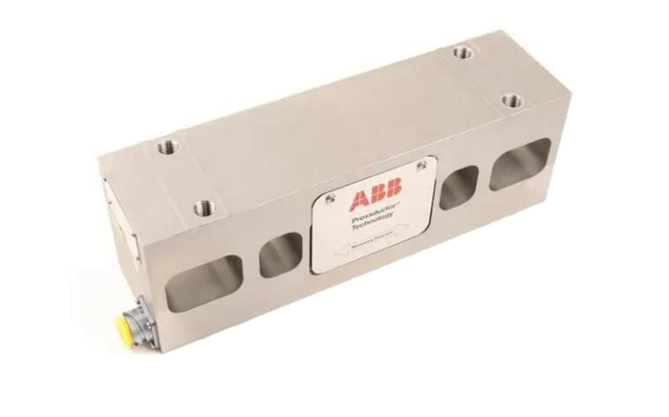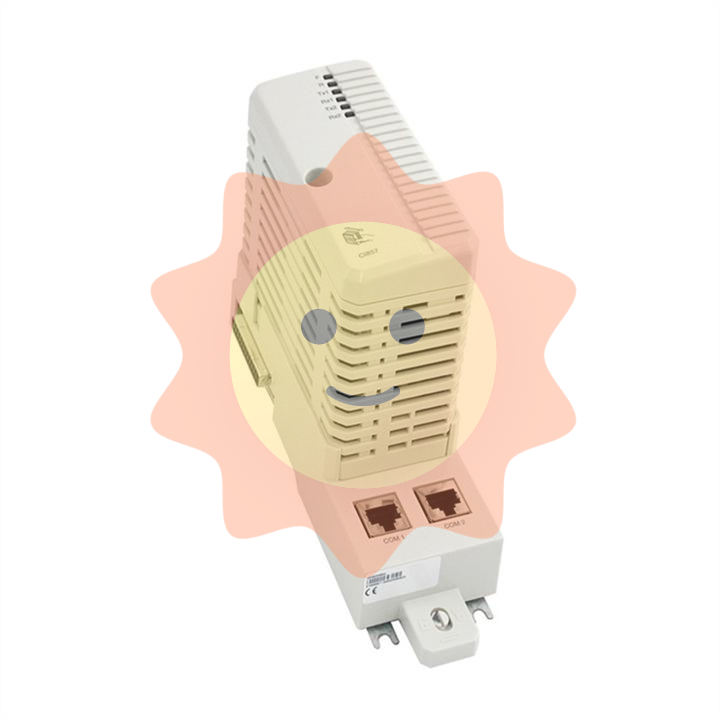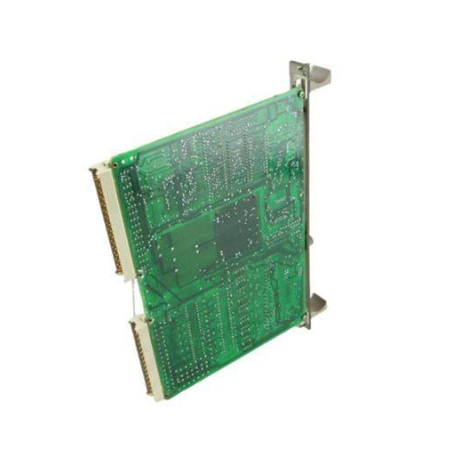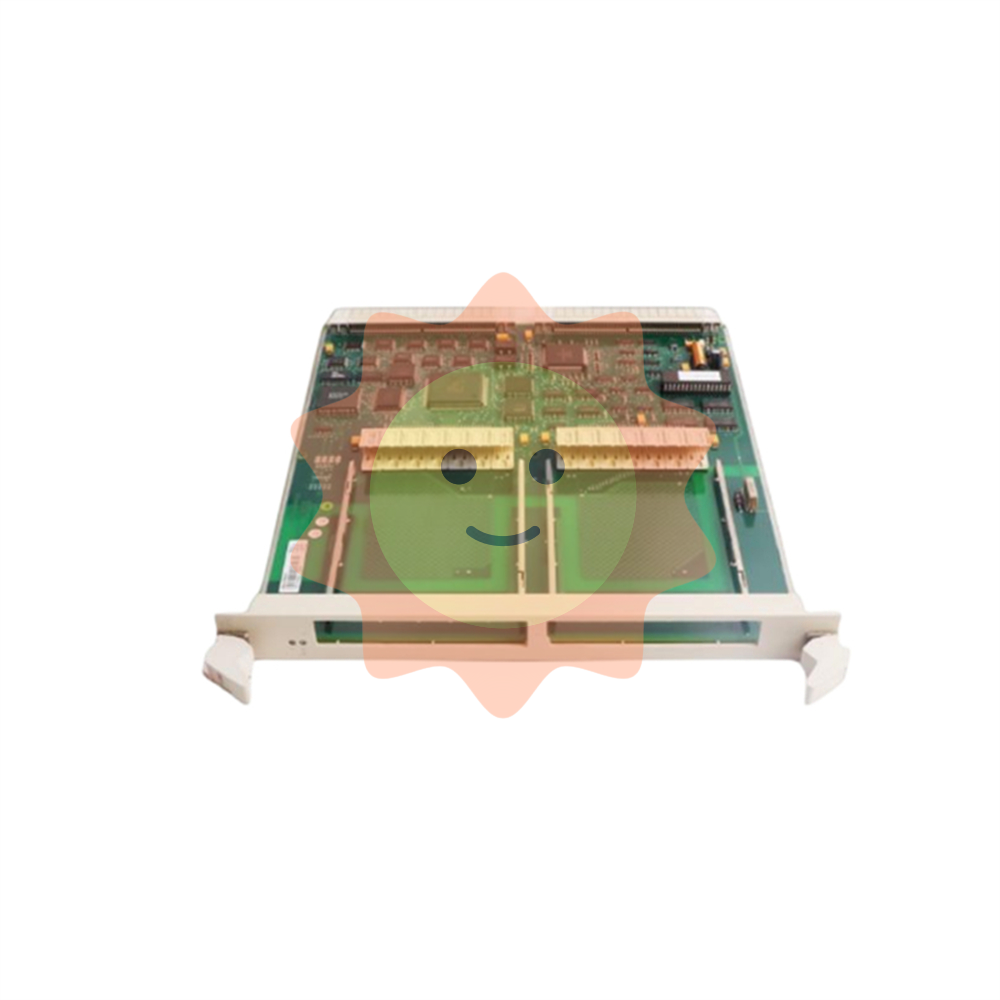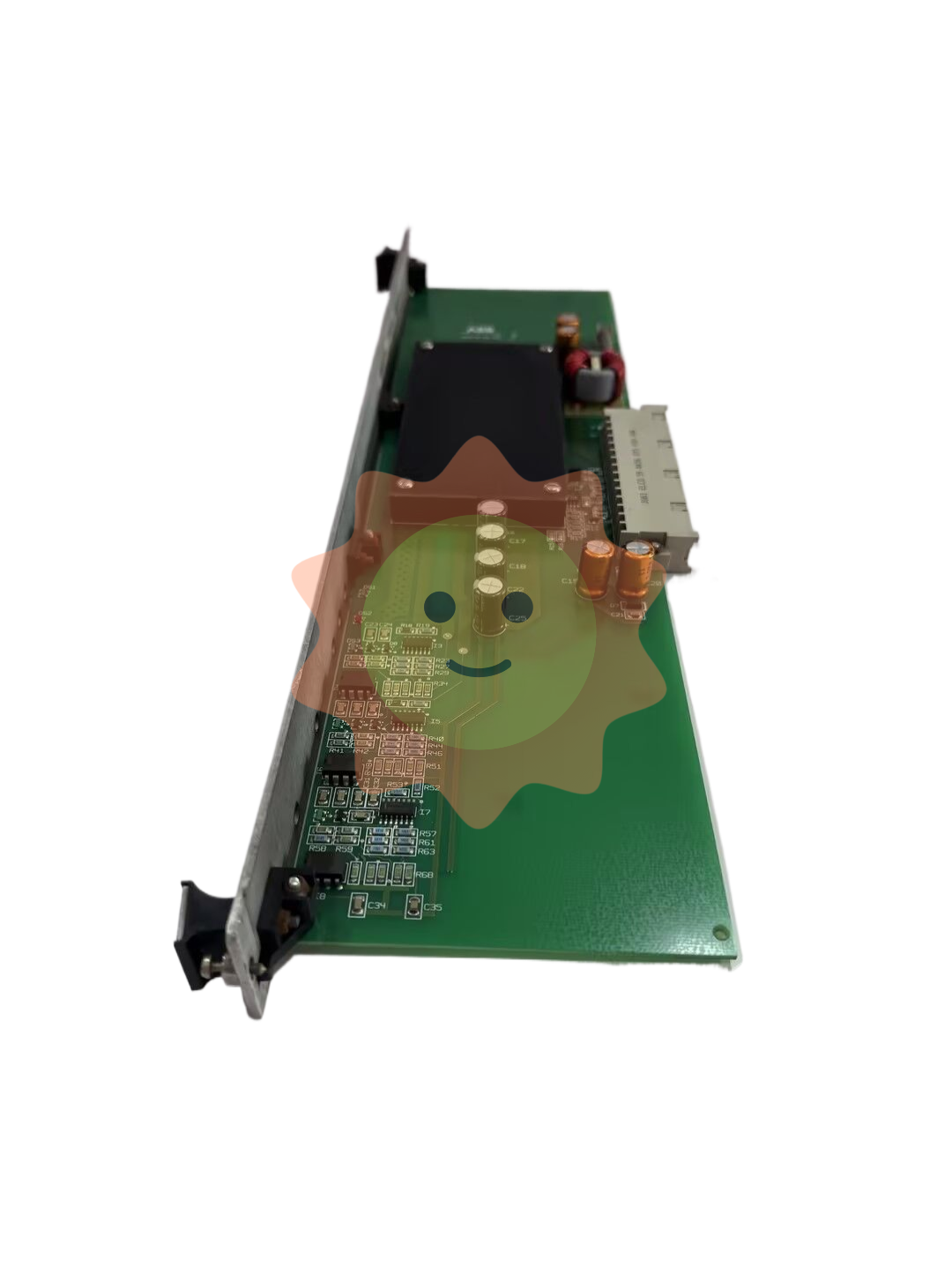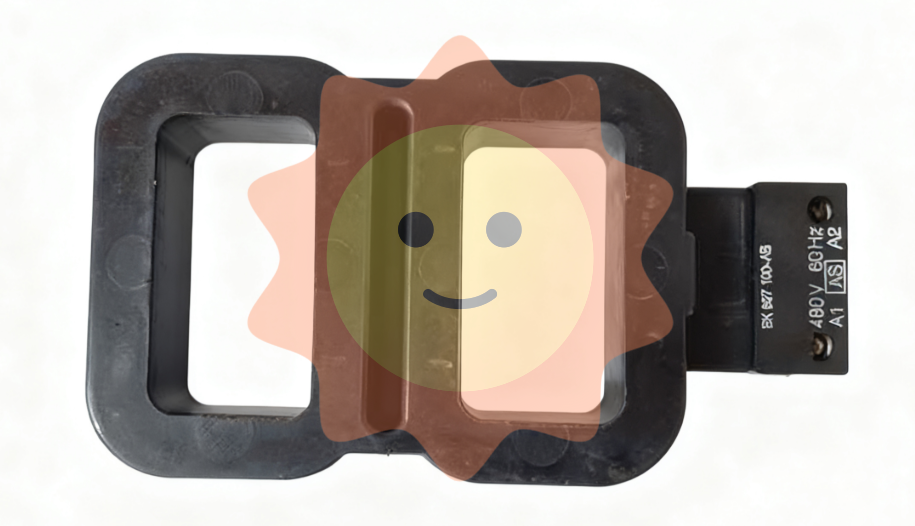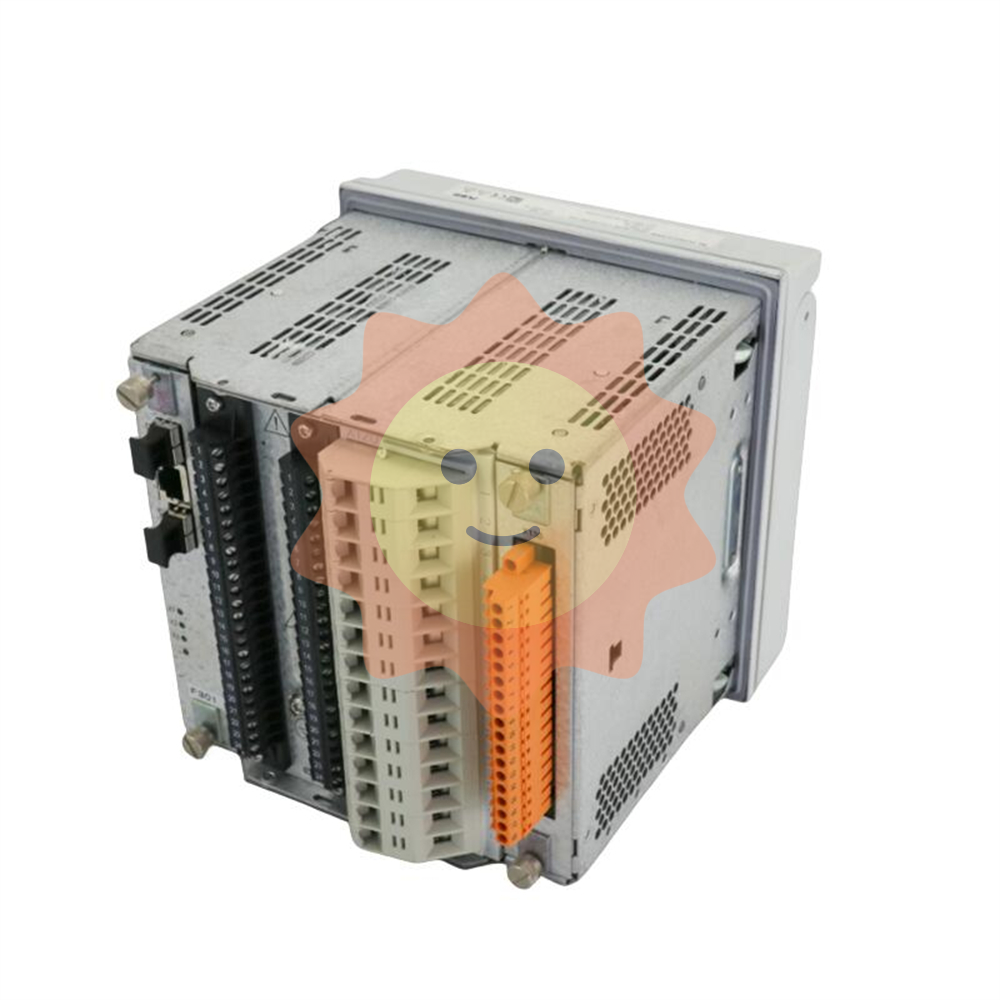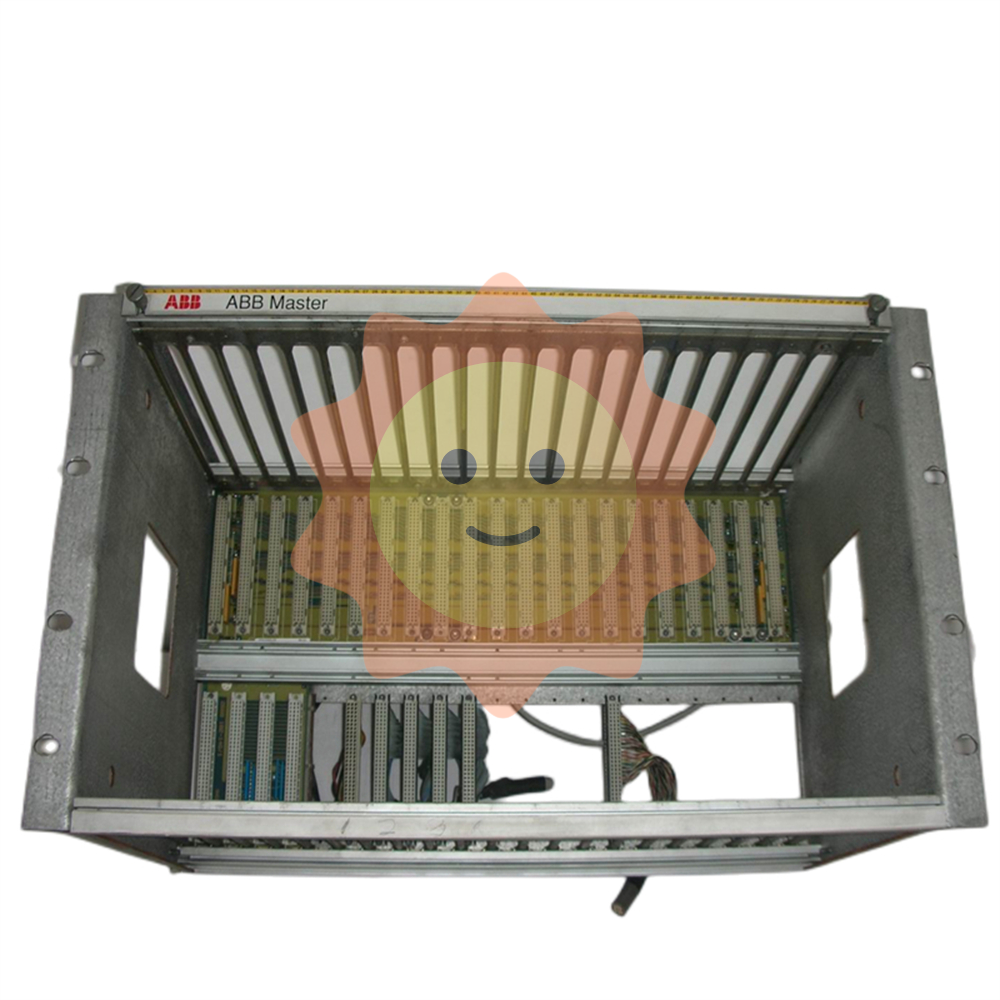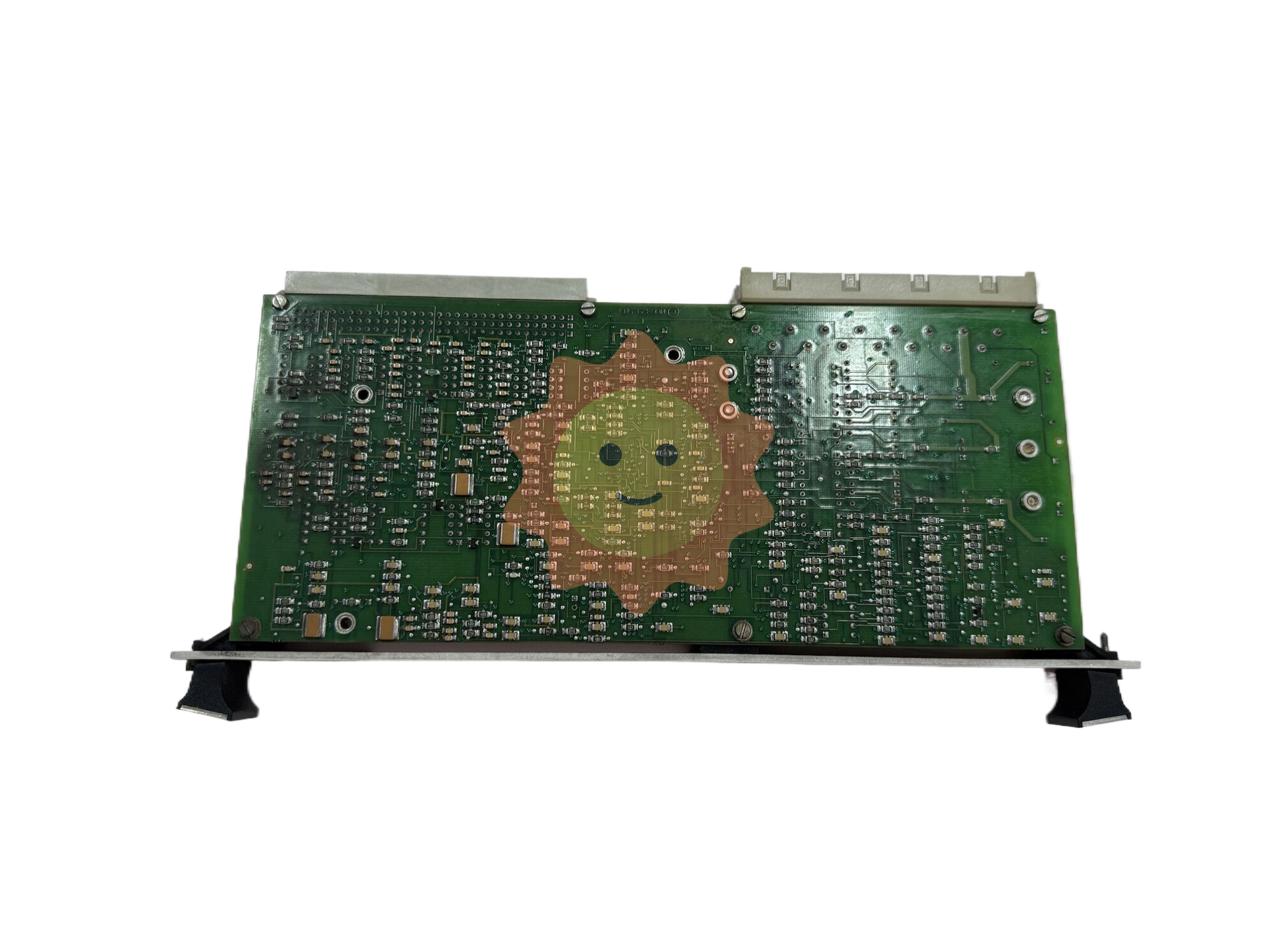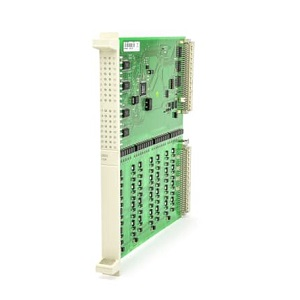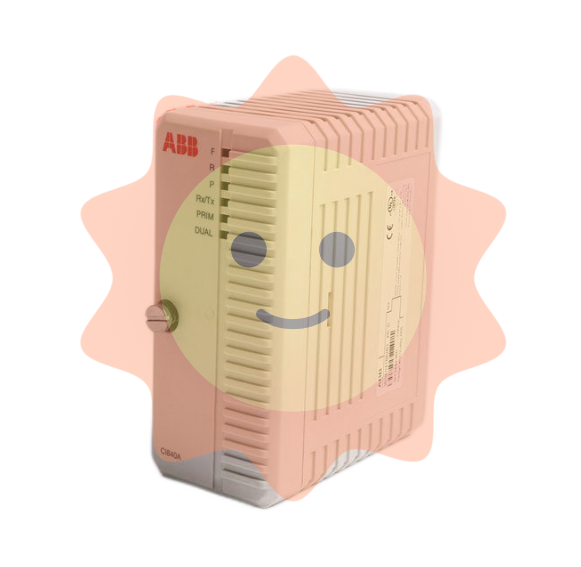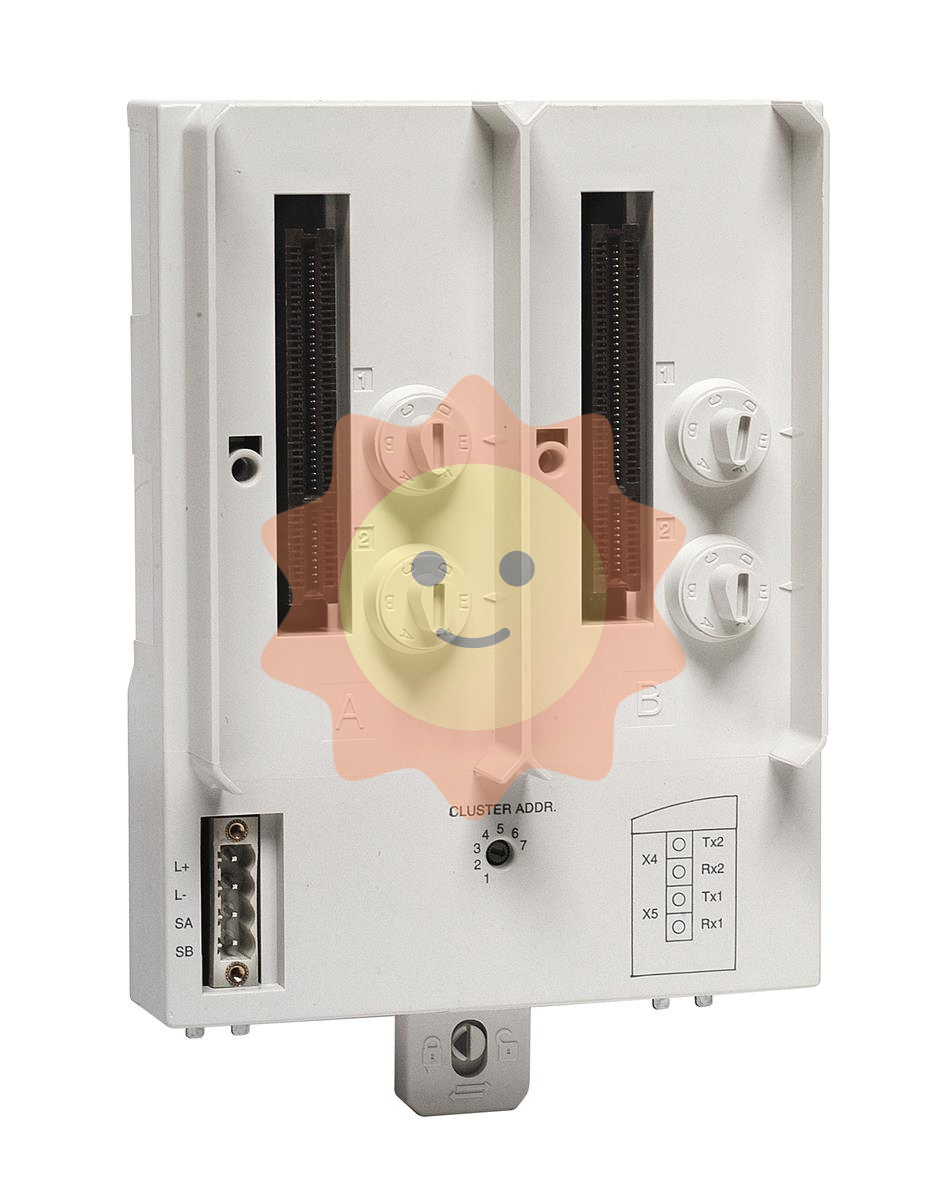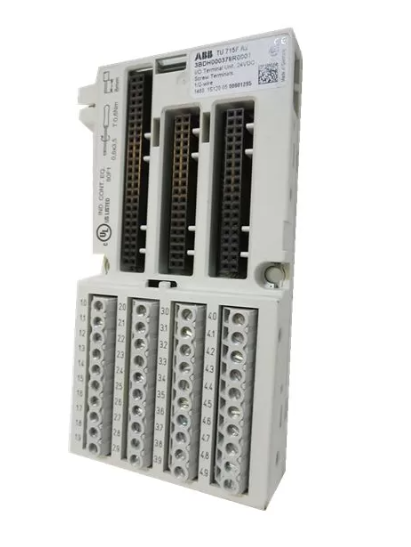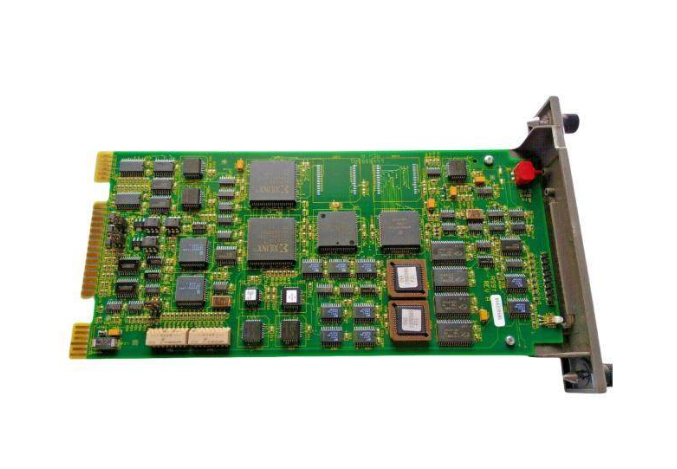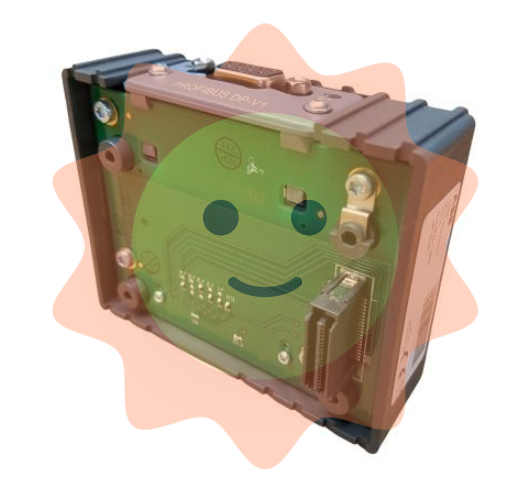ABB KUC720AE - High Performance Industrial Control Module
Standards and Compliance
Standard system: Introduces standard setting organizations such as the International Electrotechnical Commission (IEC) and the European Committee for Electrotechnical Standardization (CENELEC), as well as the differences and connections between IEC standards, EN standards, and coordination documents (HD).
EU Directive: It involves the Low Voltage Directive (2006/95/CE) and the Electromagnetic Compatibility Directive (2004/108/CE), which stipulate the basic requirements for electrical equipment in terms of safety, electromagnetic compatibility, etc., as well as the meaning and usage conditions of the CE conformity mark.
Certification marks: List the certification marks of different countries and regions, such as ENEC mark in Europe, UL mark in the United States, etc., as well as the application and meaning of these marks on electrical products.
Protection and control equipment
Circuit breakers: Detailed introduction of ABB's Tmax XT, Tmax T, and Emax series circuit breakers, including their model names, technical parameters (such as rated voltage, rated current, short-circuit breaking capacity, etc.), protection functions (overload protection, short-circuit protection, ground fault protection, etc.), as well as temperature and altitude derating characteristics.
Switch isolator: It defines the function and application scenarios of a switch isolator, which can connect, carry, and disconnect current under normal circuit conditions, and provide isolation distance in the open circuit position to ensure safety. It also introduced its rated short-time withstand current, rated short-circuit connection capability and other parameters.
Residual current device: This article explains the working principle of residual current device (RCD), which is used to detect residual current in circuits and prevent hazards such as indirect contact electric shock and fire caused by grounding faults. It also introduces different types of residual current devices (AC type, A type, B type) and their applicable scenarios.
Electrical characteristics and curves
Time current curve: including overload protection curve (L function), short-circuit delay protection curve (S function), short-circuit instantaneous protection curve (I function), and ground fault protection curve (G function). These curves are used to describe the operating time of circuit breakers under different current conditions and are important basis for circuit breaker selection and protection coordination.
Limiting curve and specific current energy curve: The limiting curve demonstrates the ability of the circuit breaker to limit current in the event of a short circuit, and the specific current energy curve (I ² t) is used to evaluate the thermal stress of the equipment caused by the short circuit current, helping designers choose suitable equipment and cables.
Protection coordination
Coordination types: including current discrimination, time (or time current) discrimination, area (or logic) discrimination, energy discrimination, and backup protection, etc. The principles, characteristics, and application scenarios of each coordination type are different.
Identification table: provides a detailed identification table to guide the protection coordination between different types of circuit breakers, ensuring that only the circuit breaker in the fault area will operate when a fault occurs, while the circuit breakers in other areas will not operate, improving the reliability and power supply continuity of the system.
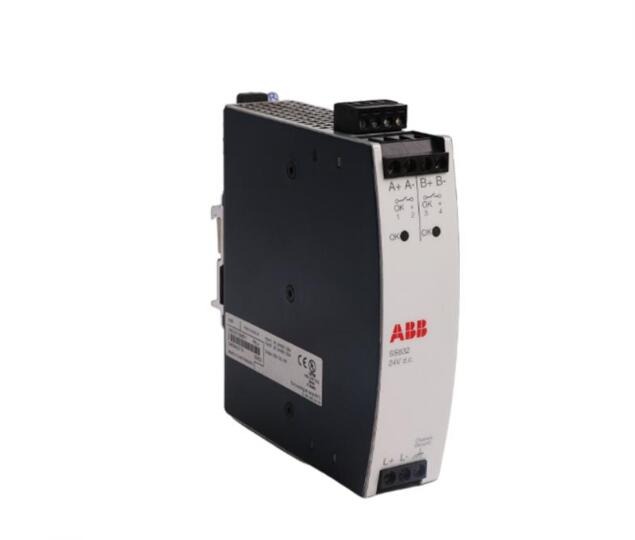
- EMERSON
- Honeywell
- CTI
- Rolls-Royce
- General Electric
- Woodward
- Yaskawa
- xYCOM
- Motorola
- Siemens
- Rockwell
- ABB
- B&R
- HIMA
- Construction site
- electricity
- Automobile market
- PLC
- DCS
- Motor drivers
- VSD
- Implications
- cement
- CO2
- CEM
- methane
- Artificial intelligence
- Titanic
- Solar energy
- Hydrogen fuel cell
- Hydrogen and fuel cells
- Hydrogen and oxygen fuel cells
- tyre
- Chemical fiber
- dynamo
- corpuscle
- Pulp and paper
- printing
- fossil
- FANUC
- Food and beverage
- Life science
- Sewage treatment
- Personal care
- electricity
- boats
- infrastructure
- Automobile industry
- metallurgy
- Nuclear power generation
- Geothermal power generation
- Water and wastewater
- Infrastructure construction
- Mine hazard
- steel
- papermaking
- Natural gas industry
- Infrastructure construction
- Power and energy
- Rubber and plastic
- Renewable energy
- pharmacy
- mining
- Plastic industry
- Schneider
- Kongsberg
- NI
- Wind energy
- International petroleum
- International new energy network
- gas
- WATLOW
- ProSoft
- SEW
- wind
- ADVANCED
- Reliance
- YOKOGAWA
- TRICONEX
- FOXBORO
- METSO
- MAN
- Advantest
- ADVANCED
- ALSTOM
- Control Wave
- AB
- AMAT
- STUDER
- KONGSBERG
- MOTOROLA
- DANAHER MOTION
- Bently
- Galil
- EATON
- MOLEX
- Triconex
- DEIF
- B&W
- ZYGO
- Aerotech
- DANFOSS
- KOLLMORGEN
- Beijer
- Endress+Hauser
- MOOG
- KB
- Moxa
- Rexroth


Email:wang@kongjiangauto.com


